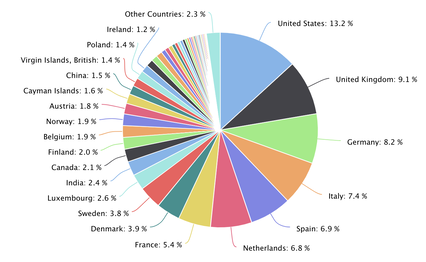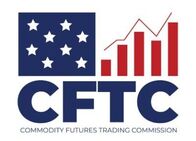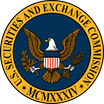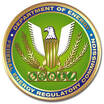United States LEI Regulatory Requirements
Legal Entity Identifier
|
The united States is home to one of the most advanced financial regulatory frameworks in the world. The Legal Entity Identifier has become an integral part of the US financial system. Driving transparency, controlling risk and reducing exposure in a post 2008 Lehmann Bros financial system.
|


















